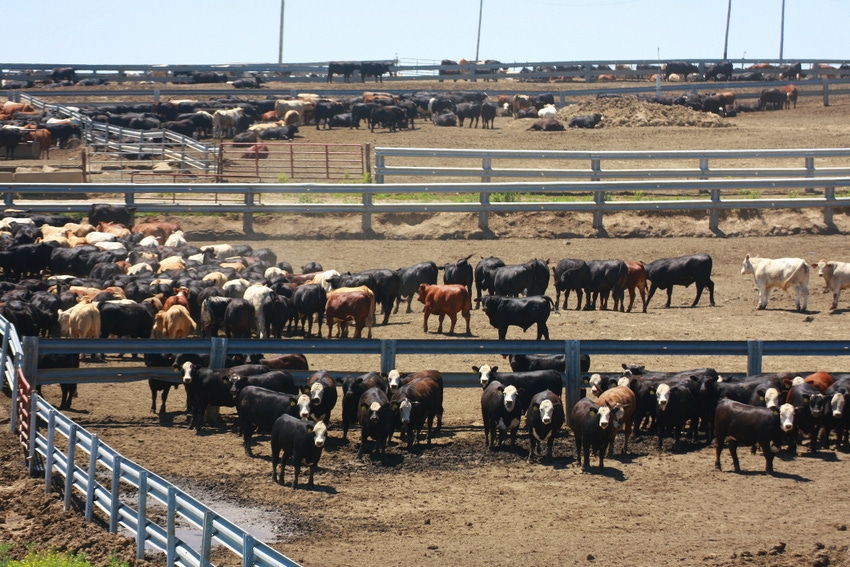Mid-sized feedlots exiting the industry
Mid-sized operations have less flexibility during tough economic conditions.
March 8, 2017

The U.S. Department of Agriculture’s February “Cattle on Feed” report provided some unique insight into feedlot capacity. The monthly report provides numbers of feedlots with 1,000 of more head, but this represents only 7% of the industry’s capacity, according to American Farm Bureau Federation economist Katelyn McCullock. The other 93% of the 30,000 feedlots in the U.S. held less than 1,000 head in 2016 . The 7% marketed more than 87% of the total cattle sold last year, she said.
Smaller-sized feedlots did increase capacity, adding 2,000 lots (locations), compared to 2015 and increased the number of head marketed during 2016 by just more than 200,000 head year-over-year.
“This relatively large increase in small feedlots is driven by cheap feed, but is unlikely going to be a long term trend,” McCullock said. In fact, over the last decade, feedlots with 1,000 head or less have fallen by 65%. The largest increases have been in feedlots with 50,000 head or more, which have increased 28% since 2006.
Larger feedlots continued to add both capacity and numbers, increasing the number of lots with 50,000 or more head by two, and the number of head marketed increased by 710,000. The number of head marketed in this largest capacity category represented 34% of the total cattle marketed, McCullock noted.
The smallest proportions of cattle were marketed in feedlots with 1,000-31,999 head capacity. The number of lots increased in several of these capacity categories: 1,000-1,999, 2,000-3,999, 4,000-7,999, 8,000-15,999 each added 10 new lots last year. Feedlots with 16,000-49,999 lost 12 lots total.
“Larger feedlots have an easier time weathering negative margins using economies of scale. But, as we saw in 2016, inexpensive feed/weak calf prices enticed farmer feeders (<1,000 head) to hold animals and use their own feed.”
These facilities on farmer feeder operations are fluid and tend to operate when the market conditions are favorable, she added. “When conditions are less favorable those facilities remain empty and producers sell calves and corn.”
Mid-sized operations, on the other hand, have less flexibility, McCullock explained. In the smaller mid-sized categories, feedlots added capacity as seen in the 1,000-15,999 head capacity groups. In the larger mid-sized categories (16,000-49,999 head capacity), those that could not grow, exited.
“These categories are never completely stagnant and change as the markets calls for.”
You May Also Like



